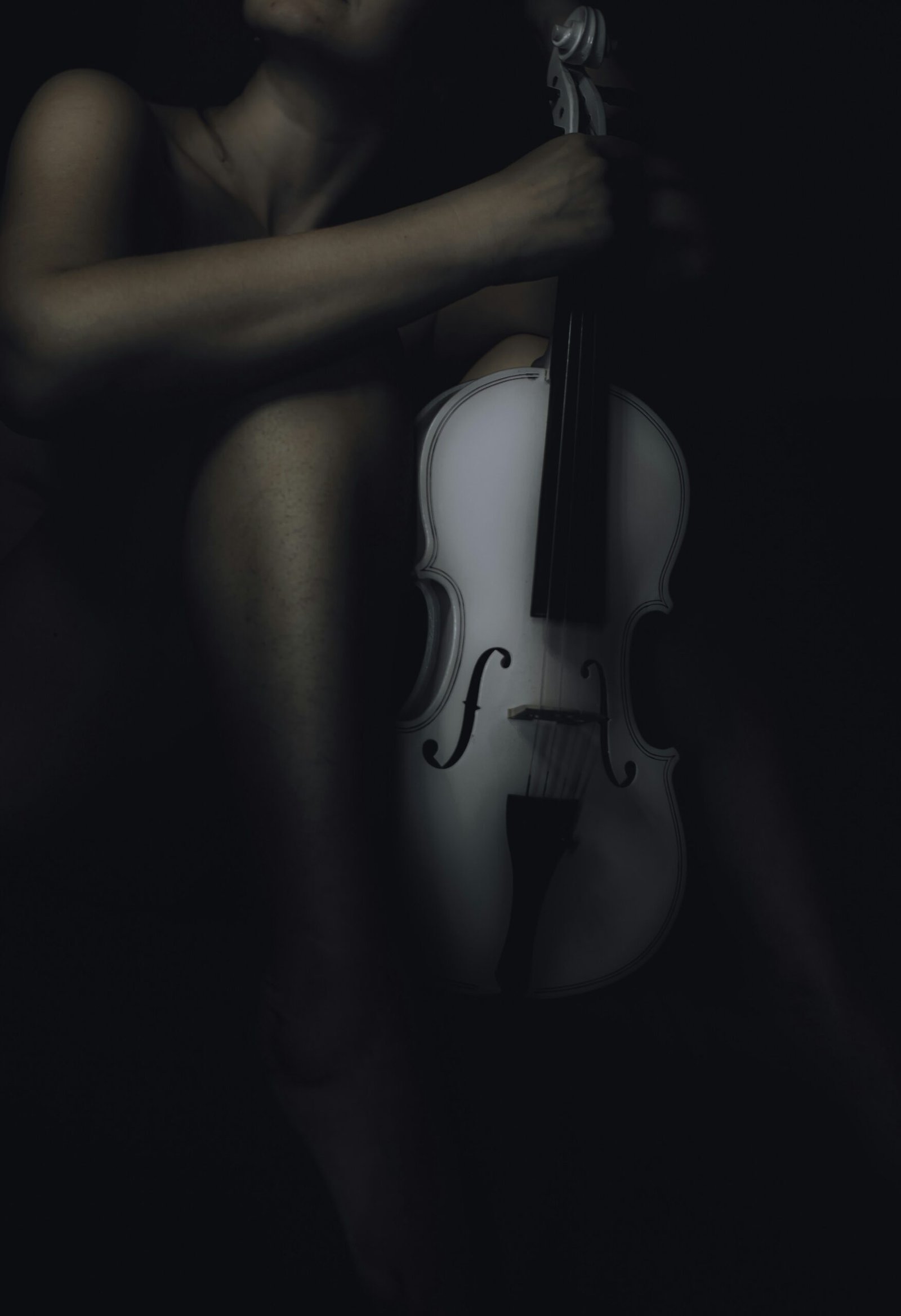The Evolution of Erotic Art: A Journey Through Cultures and Time Periods
Art has always been a reflection of society, capturing the essence of the human experience in various forms. Throughout history, artists have explored the theme of eroticism, depicting the beauty and complexity of human sexuality. This exploration of erotic art has evolved alongside changing societal attitudes towards sex, providing a fascinating insight into the cultural values and beliefs of different civilizations.
Ancient Civilizations: Celebrating Fertility and Life
In ancient civilizations such as Mesopotamia, Egypt, and Greece, erotic art was often intertwined with religious and mythological narratives. These cultures celebrated fertility and the power of procreation, viewing sex as a natural and essential part of life. Erotic imagery adorned temples, pottery, and sculptures, serving as a symbol of abundance and vitality.
Ancient Egyptian art, for example, depicted sexual acts as a means of ensuring the continuity of life and the pharaoh’s divine lineage. The Kama Sutra, an ancient Indian text, illustrated various sexual positions as a guide to achieving pleasure and spiritual enlightenment.
The Renaissance: A Celebration of Human Beauty
The Renaissance period witnessed a rebirth of interest in human anatomy and the exploration of the human form. Artists such as Leonardo da Vinci and Michelangelo celebrated the beauty of the human body, including its sensual aspects. Erotic art during this period often depicted idealized figures, emphasizing physical beauty and grace.
One of the most famous examples of erotic art from the Renaissance is Titian’s painting, “Venus of Urbino.” This provocative portrayal of a reclining nude woman challenged societal norms and showcased the artist’s mastery of capturing sensuality on canvas.
Modern and Contemporary Art: Breaking Boundaries
In the modern and contemporary art world, artists have continued to push boundaries and challenge societal norms surrounding sexuality. The exploration of erotic art has become a platform for artists to address issues of gender, identity, and power.
Artists such as Frida Kahlo and Egon Schiele have used their own personal experiences and emotions to create raw and intimate portrayals of sexuality. These artists embraced the human body in all its forms, celebrating its imperfections and complexities.
With the advent of photography and the digital age, erotic art has taken on new dimensions. Artists like Robert Mapplethorpe and Nan Goldin have used photography as a medium to explore themes of desire, intimacy, and the human body. These artists have captured moments of vulnerability and passion, challenging societal taboos and sparking important conversations about sexuality.
The Influence of Societal Attitudes
Throughout history, societal attitudes towards sex have greatly influenced the portrayal of erotic art. In more conservative societies, erotic art has often been censored or deemed inappropriate. However, in more progressive cultures, erotic art has been embraced as a form of self-expression and a celebration of human desire.
As societal attitudes towards sex continue to evolve, so too will the exploration of erotic art. Artists will continue to challenge boundaries, question norms, and create thought-provoking works that reflect our ever-changing understanding of human sexuality.
By examining the evolution of erotic art across different cultures and time periods, we gain a deeper understanding of the complex relationship between art, sexuality, and society. From ancient civilizations to the modern world, erotic art remains a powerful and captivating form of artistic expression.

